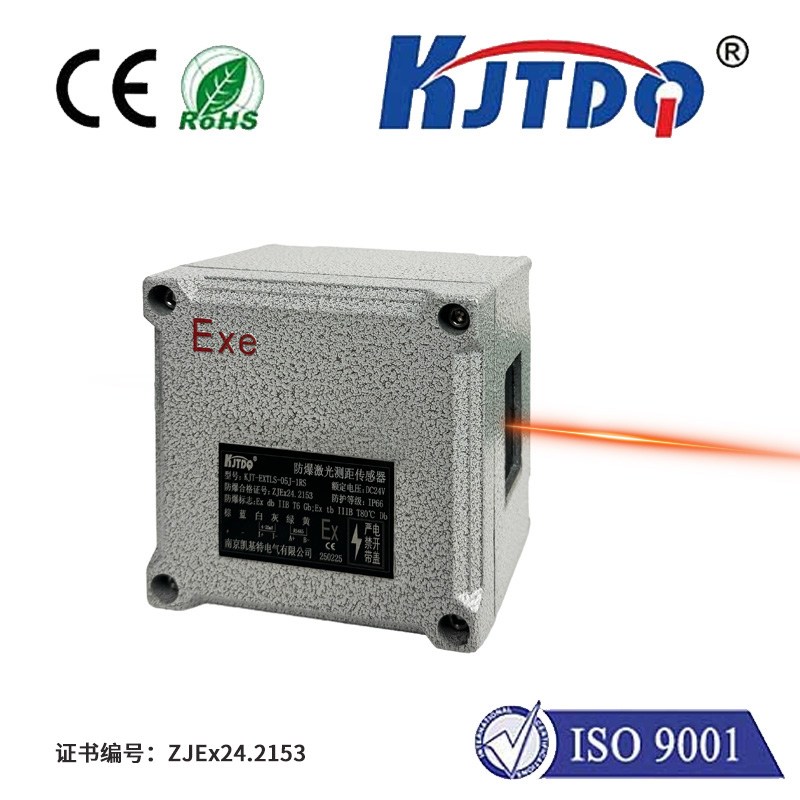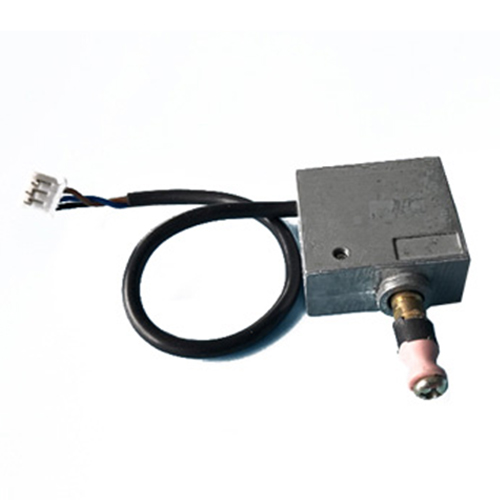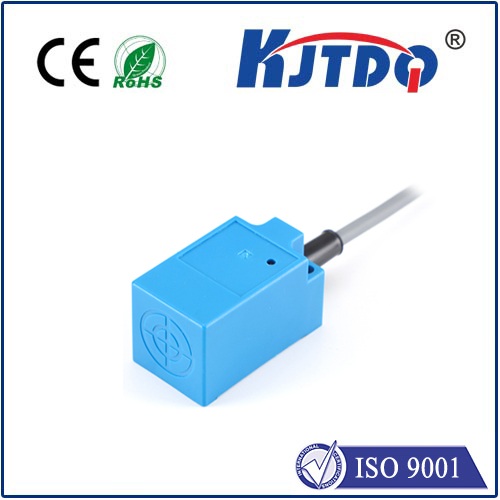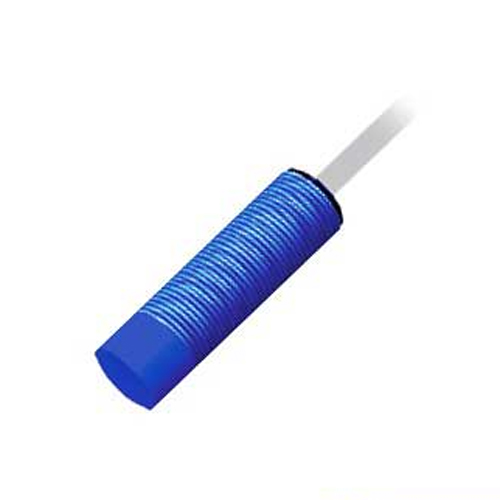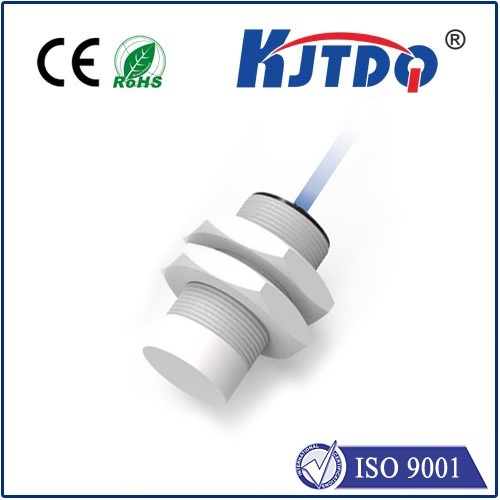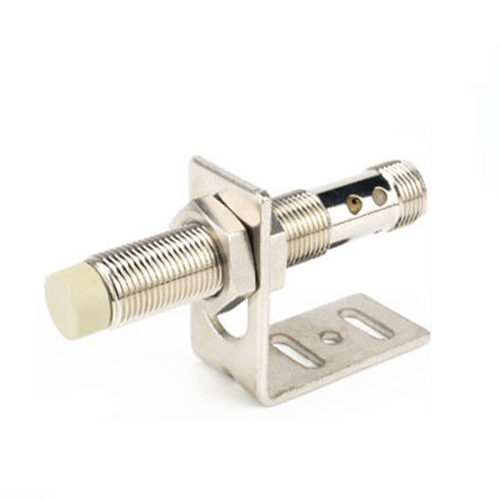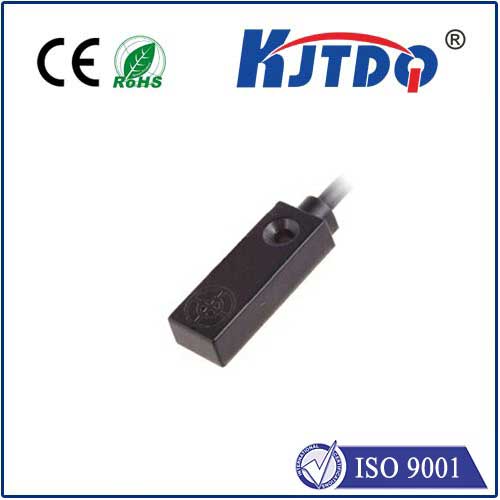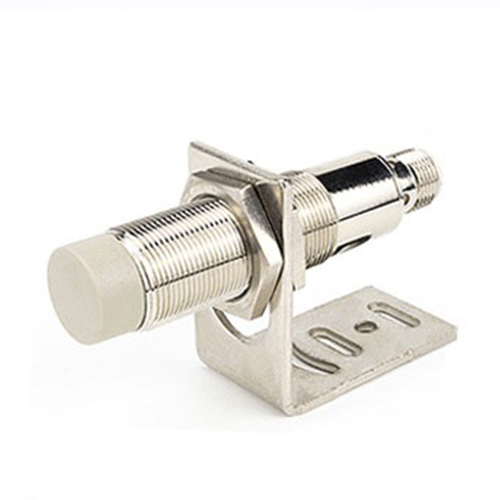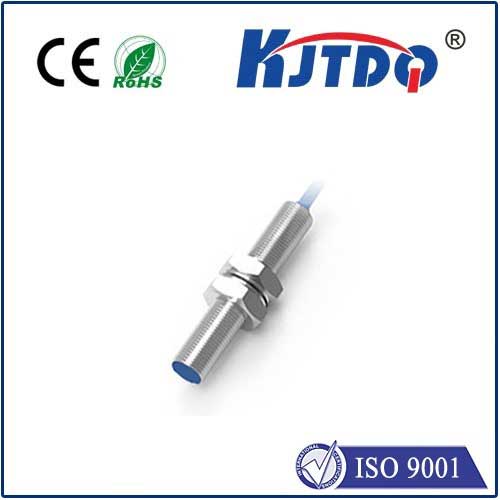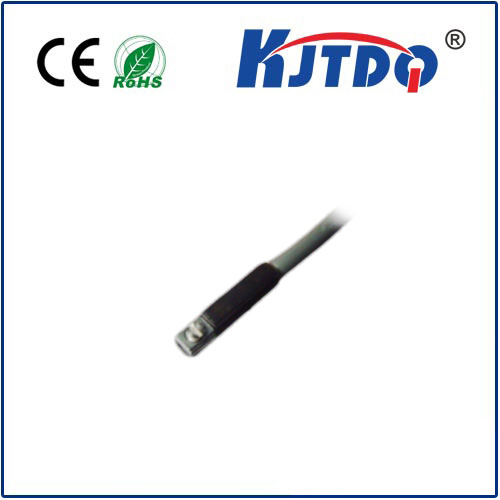

check

check

check

check
Automotive Radar Sensor: Enhancing Safety and Efficiency in Modern Vehicles
In the rapidly evolving world of automotive technology, the integration of advanced sensors has become a cornerstone of modern vehicle performance. Among these, the automotive radar sensor stands out as a critical component that enhances safety, improves traffic management, and supports various autonomous driving functions. This article explores the role of automotive radar sensors, their technological advancements, and their impact on the future of automotive systems.
Automotive radar sensors are designed to detect and measure the distance, speed, and relative motion of objects around a vehicle. These sensors operate using radar technology, which sends out electromagnetic waves and measures the time it takes for the waves to return after reflecting off a target. This information is then processed to create a real-time image of the vehicle’s surroundings, enabling the car to respond to potential hazards or changes in traffic conditions.

The importance of automotive radar sensors cannot be overstated. In traditional vehicles, radar sensors are used for speed detection, traffic monitoring, and even adaptive cruise control. However, with the rise of autonomous driving, the role of radar sensors has expanded significantly. They are now essential for object detection, obstacle avoidance, and even for enabling full self-driving capabilities. By providing precise data about the environment, radar sensors allow vehicles to make informed decisions, reducing the risk of accidents and improving overall driving efficiency.
Recent advancements in radar sensor technology have made them more accurate, reliable, and energy-efficient. Modern sensors are often equipped with multiple frequencies, allowing them to detect objects at various distances and in different weather conditions. This versatility is crucial for ensuring that the vehicle can operate safely in a wide range of environments, from rainy streets to snowy roads. Additionally, the integration of machine learning algorithms with radar sensors has enhanced their ability to recognize and classify objects, leading to more accurate and responsive vehicle systems.
One of the most significant benefits of automotive radar sensors is their ability to work in conjunction with other vehicle systems, such as lidar and cameras, to create a comprehensive understanding of the vehicle’s surroundings. This multi-sensor approach not only improves the accuracy of object detection but also enhances the reliability of the vehicle’s decision-making process. As autonomous driving technologies continue to develop, the synergy between radar sensors and other sensor systems will become even more critical.
In addition to their functional benefits, automotive radar sensors also contribute to the overall efficiency of vehicles. By providing real-time data, they help reduce fuel consumption and improve traffic flow. In urban environments, where traffic congestion is a common issue, radar sensors can assist in optimizing vehicle movement, reducing idling time, and minimizing emissions. This makes them an important factor in achieving sustainable and eco-friendly transportation.
As the automotive industry moves toward more intelligent and autonomous systems, the role of radar sensors will only become more prominent. Future developments may include the integration of radar sensors with 5G networks, enabling real-time communication between vehicles and infrastructure. This could lead to the emergence of smart cities where vehicles are not only autonomous but also connected and intelligent.
In conclusion, automotive radar sensors are a vital component of modern vehicle technology, playing a crucial role in enhancing safety, efficiency, and the overall driving experience. As technology continues to advance, the future of automotive radar sensors holds great potential, promising even greater capabilities and innovations in the coming years.
